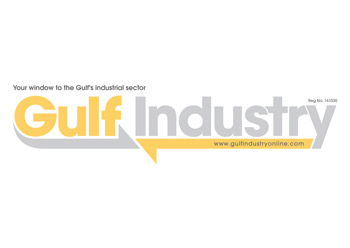
The Middle East should respond to the ‘wake up’ call to develop global marketing, sales and distribution systems to capitalise on its growing polymer production, a senior Saudi Basic Industries Corporation (Sabic) official has said.
Abdulrahman Al Ubaid, vice president of Sabic’s polyolefins special business unit, said Middle East capacity had increased considerably and was substantially more than local demand, putting stress on the producers’ abilities to sell and deliver products.
The official, speaking at the Dubai Plast Pro 2003 conference on “the outlook for Middle East polyolefins,” said regional demand for polyolefins in the past four years grew by three per cent a year, compared with an increase in supply of 12 per cent a year. In the next four years, production would grow by almost 15 per cent per year.
LDPE production growth rate would almost double in the next five years to more than 15 per cent per year. HD, LLD and PP would also grow at marginally higher rates.
PE supply was expected to triple to 12 million tonnes. However, demand in the Middle East would increase only slightly to around 2.5 million tonnes. That would create a supply surplus of more than nine million tonnes by 2007.
Giving additional details, Al Ubaid said there were three regional producers of polypropylene, producing about 400,000 tonnes per year (tpy) in 1996
Five years later, in 2001, there were four producers and production increased to almost 1 million tpy.
During 2002, Middle East polypropylene reached supply-demand balance.
From a net importer of polypropylene resins, the Middle East became a net exporter of 120,000tpy in 2003. This would increase to 900,000tpy in 2006.
With new production in Oman and expansions in Saudi Arabia and Iran, polypropylene production in the Middle East would grow to about 2.4 million tpy by 2006.
He said polyethylene went through a similar course over the past 10 years.
Per capita consumption of polyolefin products in the Middle East was expected to double by 2006. “This growth in regional demand was good news for converters and it justifies increased utilisation rates by Middle East converters for product exports. I see many opportunities ahead for converters in the Middle East,” said Al Ubaid.
“At the same time, however, the Middle East converter industry is quite fragmented with many small converters and a few large converters.
“From Sabic’s experience, the 80-20 rule seems to apply, across the region. In one market for example, about 20 percent of Sabic’s converter customers buy 80 percent of the resins we sell in one market.
“We’ve also noticed that in some of the large converters, utilisation rates tend to be low compared to large converters in the US and Europe. This drives up the fixed costs of Middle East converters, who own modern and high capacity equipment that is underutilised.”














